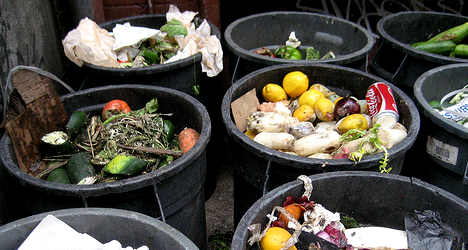The Waste Watcher survey, published on Wednesday, found that billions of euros worth of food is being binned while nearly five million Italians live in poverty.
The survey found that out of the cooked food being thrown out, 9.1 percent is pasta and 7.9 percent are takeaways.
But 57 percent of Italians ‘almost never’ throw leftovers away, while 27 percent do so less than once a week.
Ninety percent of Italians think food waste is a serious problem, especially in a country where 11 percent of people have no access to basic necessities.
As a result of the economic crisis, Italians have recently cut back on spending, although they continue to spend roughly the same amount on food.
Don't want to miss a story about Italy? – Then join The Local Italy on Facebook and Twitter.




 Please whitelist us to continue reading.
Please whitelist us to continue reading.
Member comments